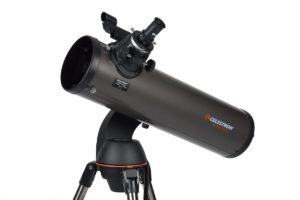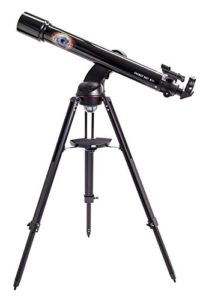Binoculars are optical instruments consisting of two small telescopes placed side-by-side. Each of the telescopes consists of lenses that bring the image being observed into excellent focus. In addition to the lenses, they are further fitted with a pair of prisms in each of the chambers. The prisms play a significant role in giving an image the proper orientation. Binocular vision finds wide applications in many areas including hunting, watching distant birds in the sky and astronomy. Also, sports lovers use binoculars to catch a good view of a sporting event from a distance.
Unlike monocular vision, which utilizes only a single telescope device to observe objects, binocular vision provides a three-dimensional view of an object. Furthermore, using binoculars will result into perfect visual acuity or simply clarity of the subject matter under focus. Working with binoculars has various advantages. The light weight and small size make them portable and easy to handle, carry and store. The user, therefore, can easily work with them comfortably with minimal strain while getting an incredible view of the object.
There are however various brands of binoculars in the market today; it can be confusing to make a proper choice of binoculars. When shopping for binoculars, an in-depth knowledge of the functionality and the anatomy of the device is significant. Other than that, one has to understand their needs so as to choose a perfect binocular that will meet your needs. Consider when, where and how you to use your instrument. What criteria then should be taken into consideration when shopping for a binocular instrument? Well, there are various vital aspects that anybody interested in buying a binocular has to consider. Some of the most important factors include:
1. Get to know the numbers
Binoculars are identified by unique numbers assigned to them. Each binocular is referred to with numbers like 7×35 or 10×50. Each of this numbers represents a given attribute, the number appearing before the × accounts for the magnification factor or simply the power. The 7×35 lenses make the object seven times closer while the 10×50 will cause the object appear ten times closer. The second value, on the other hand, defines the diameter of the objective lenses in millimeters. 7×35 lenses, therefore, have a diameter of 35 millimeters or 1.38 inches. The 10×50 lenses, on the other hand, have a diameter of 50 millimeters or 1.97 inches.
When you divide the second value by the first value, you get the exit pupil value. It refers to the diameter of the light beam reaching your eye in millimeters. A larger magnification results in a dimmer and larger image. Consequently, your field of view will be narrow hence making it harder to keep the picture in focus. Binoculars with a more than 10× magnification require a tripod socket for mounting. It is important in making your binoculars steady. If a larger field of view is desired, then choosing a binocular of a lower magnification would be appropriate.
In astronomical activities and hunting at dawn or dusk, a binocular with a larger objective lens is the most suitable one; this lens gather more light making them best for low light intensity activities. The larger the exit pupil value, the more light that enters and reaches your eyes. Ordinarily the human eye dilates between 2 to 7 millimeters depending on the amount of light available. Therefore, go for the exit value that matches your eyes dilation value.
2. Check the Lenses
Binoculars often have two types of lenses, those made of glass and those made of plastic. Most binoculars, however, have glass lenses. Glass lenses, however, are expensive, but give quality images. However, a set of plastic lenses that will give the same image quality as glass lenses is even more costly.
Despite giving high-quality images, glass lenses have one disadvantage; they reflect back part of the light. This problem, however, can be rectified by giving the glass the right coating. Lenses coats are often described by certain codes; they include C, FC, and MC. Code C means only some parts of the lens has been covered with a single layer. Code MC means some lens surfaces are coated with various layers. While FC, on the other hand, means all the lens surfaces are coated with several layers.
Multiple coating is the best but; this increases the cost of the binoculars. Plastic lenses are known to give poor quality images and greatly rugged than the glass type. However, they find perfect application where durability is significant such mountain climbing.
3. Access the eyepieces
It is recommended that the eyepiece lenses should be placed in a good comfortable distance from your eyes. For those wearing glasses, they should even be placed further from them. This is referred to us eye relief and mostly ranges from 5 to 20 millimeters and 14 to 15 millimeters or greater when wearing glasses. Many of the binoculars have rubber eyecups around the eye pieces; this will help you set the eyepieces over the eyes when using them. Binoculars with eye cups that retractor flips out of the way are best for those people wearing glasses.
4. Test its ability to focusing
Testing the focusing ability is important when choosing binoculars. Check how close you can focus the binoculars and determine the distance between it and the object you are focusing. Most binoculars have two focusing mechanisms: most have a center-post mechanism and a diopter corrector. It allows one of your eyes to be more strong or weaker than the other. Waterproof binoculars, on the other hand, have individual focusing abilities for different lenses and controls on each eyepiece. Some binoculars, however, have no focusing ability; they can’t adjust their focus beyond the preset focus. This type causes eyestrain should you try to focus on something closer than the preset distance.
5. Check the prism design
A good binocular should have their main lenses spaced wider than the eyepieces this is because of the Porro prisms that are used. It has the advantage of making the binoculars larger and making near objects appear more 3- dimensional. Binoculars using roof prisms let the lenses rest in line with the eyepieces. This makes the binoculars more compact, however, these compromises with image equality. Roof prisms, however, can be made to deliver quality images; this, however, comes at a greater cost. Less expensive binoculars utilize BK-7 prisms, these squares one side of the image. More expensive binoculars utilize BAK-4 prisms. These types of prisms deliver more light, sharper and rounder images.
6. Consider the best weight for your binocular
Binoculars having a high magnification and wide lenses weigh more than the standard binoculars. This can, however, be fixed by using a tripod or a strap, which allows you carry them around. However, if you are involved in long distances traveling you may be forced to settle for a less powerful, but lighter one to make your movement easy.
7. Consider waterproof vs. water resistivity
The environment from which you conduct your activities determines the kind of binoculars you will purchase. Water resistant binoculars are useful in wet conditions; if you are operating in wet environments waterproof binoculars could just be perfect for you. It will be helpful in avoiding damages that may lead to an added cost of buying another binocular.
8. Consider the manufacturers reputation
Reviews other optical objects manufactured by manufacturers and level of confidence that the customers have in that manufacturers. Also, consider the period the manufacturer has been in the business. Additionally, find information on their how they handle matters relating to damage or malfunction of their devices.
9. Armoring
A good binocular should have a well-armored body. This will help protect it from physical harm due to bangs, bumps, and destructive element.
10. Gas filled
It is equally healthy to have binoculars filled with nitrogen gas; this is useful in preventing interior condensation. It happens when binoculars are moved from a warm environment to cold environment or vice versa. It causes condensation in internal optics fogging them up. Additionally, mold can even form over time from repeated condensation. Hence most weatherproofed optics is gas filled, though not always.
11. Price
Before settling on a specific binocular model, it is wise to do a comparative analysis of the prices from different outlets dealing with the same item to ensure you settle on not the only quality product, but also, cost friendly as well. Getting the right binoculars, therefore, is a combination of various factors, define your needs well that will set a precedence to shop for the right binoculars. Additionally, proper care and maintenance is the key to ensuring that your binoculars function properly and more efficiently. Binoculars are very stable optical instruments; they rarely get extensive damage. However, you may encounter a few problems like broken lenses caused by a shock, double imaging caused by collimation, getting ideal binoculars lies with, make a perfect choice depending on your needs. Taking the right steps before getting a binoculars from a shop is essential.
Now that you’re armed with the knowledge on how to best buy a pair of binoculars, check out our guide to this year’s best binoculars to get some ideas for great pairs that will meet your needs.

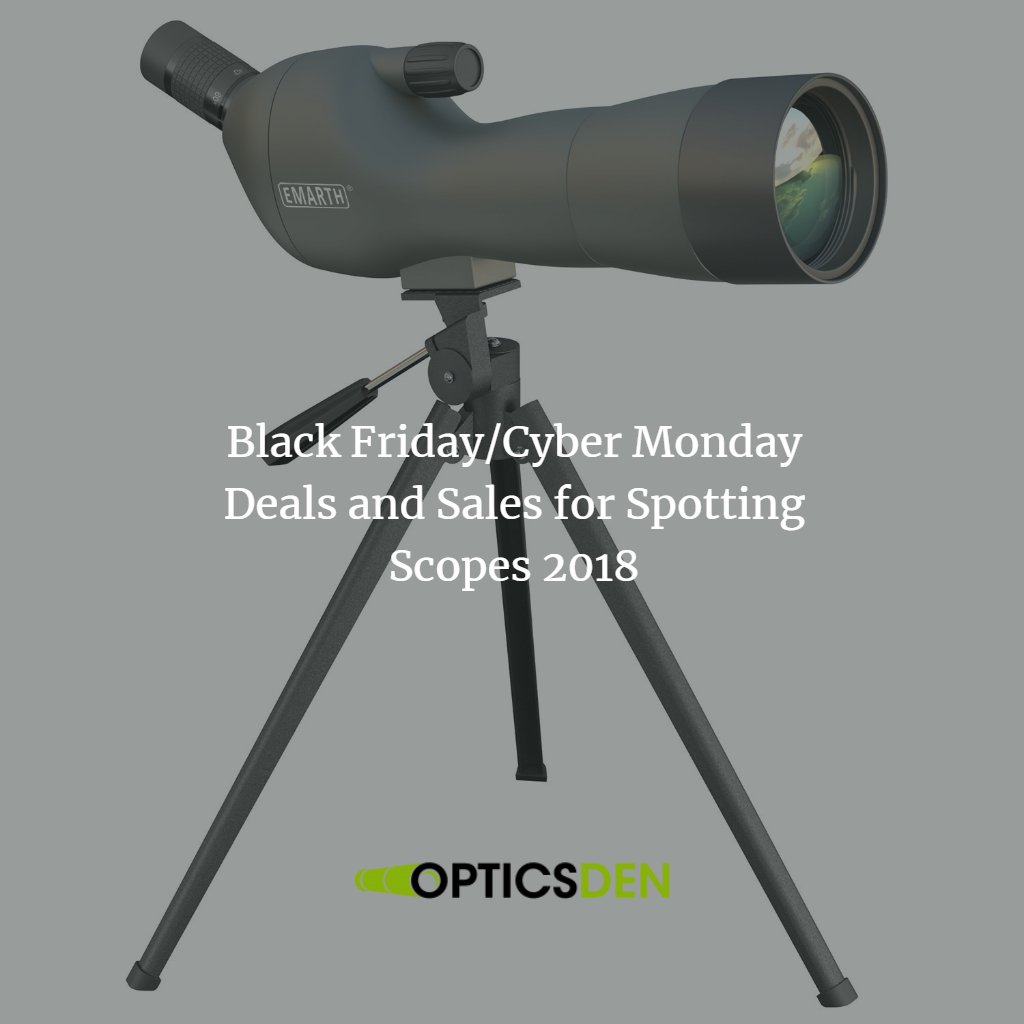
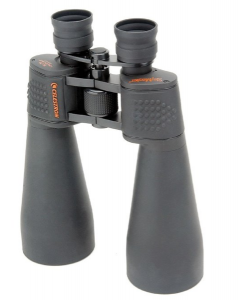

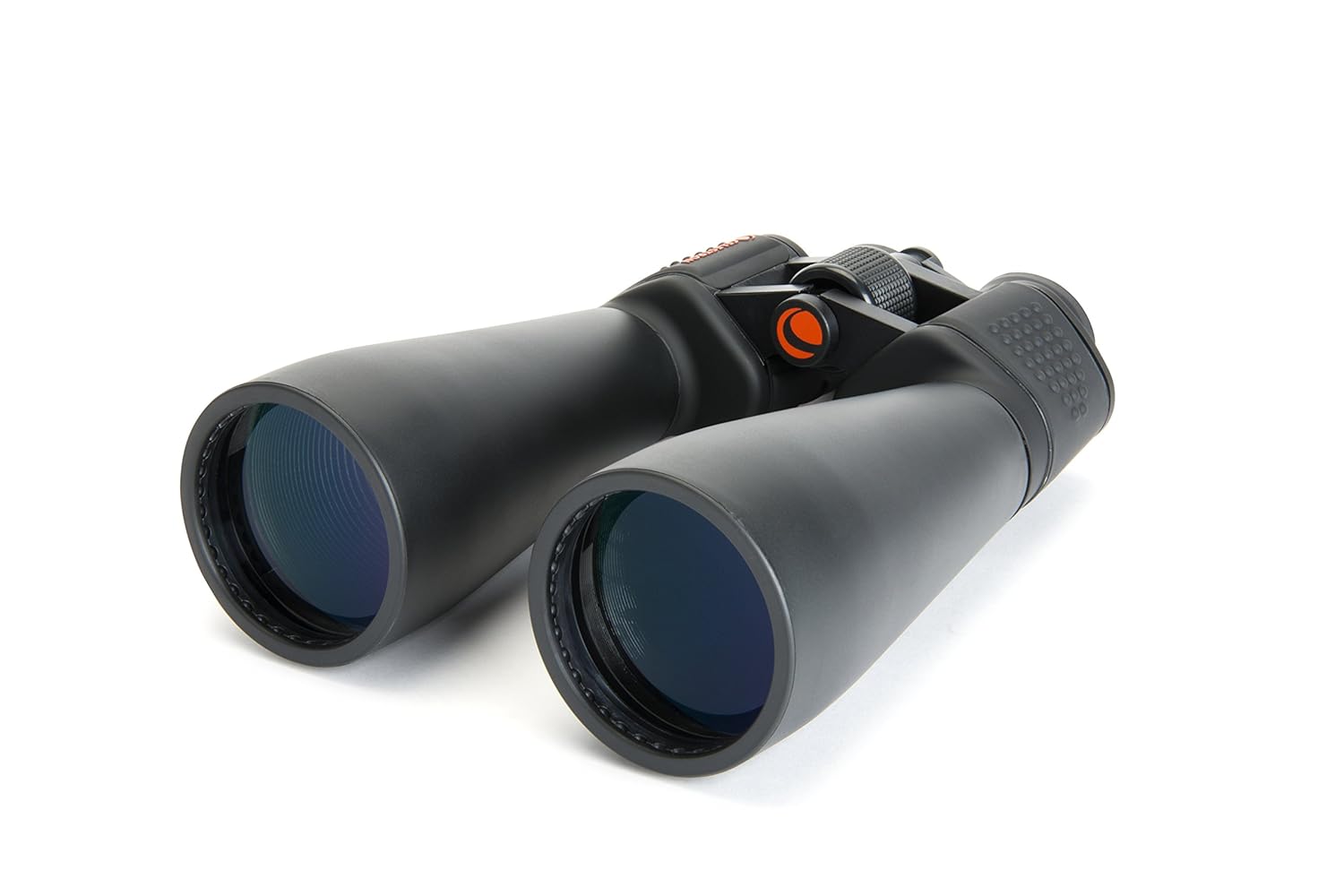

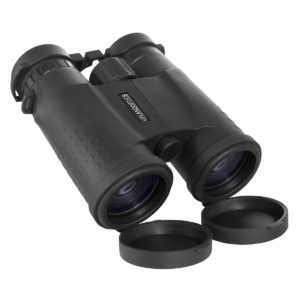
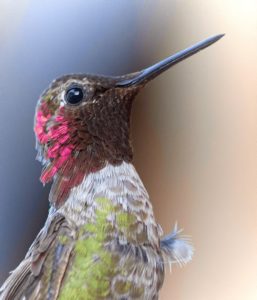 der to track.
der to track.
